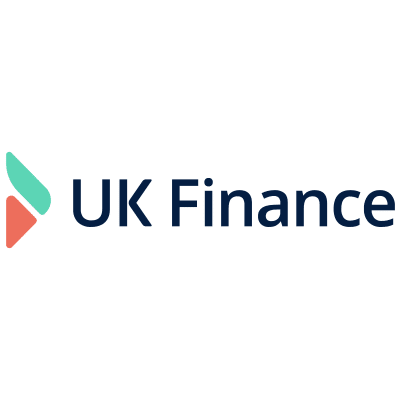How to Manage Financial Difficulty
Businesses need to be constantly on their guard against getting into financial difficulties. They need to ensure their finances are dealt with effectively and efficiently, before bigger challenges start to set in. For example, short term cash flow problems can initiate a downwards spiral that could result in insolvency and business failure.
Here are some of the red flags that your company is having financial issues, along with tips on how to manage your business finances better.

Warning signs of financial difficulty
The first symptoms of impending problems can be subtle and easily overlooked in the day-to-day routines of doing business.
A business that is exhibiting more than one of the problems listed below should consider itself to be at significant risk:
- Payments to HMRC are consistently made late
- Running the payroll requires careful cash management every month
- The business is consistently using its overdraft facility
- Calls and threats from creditors are increasing
- Customers are taking longer to pay their bills
- Significant amounts of management time are spent juggling cash instead of focusing on the business
- The level of stress and anxiety is increasing
Because weak cash flow creates more work, it absorbs time, creates additional stress, and distracts management from the more serious underlying problems which can jeopardise the entire business.
Preventing a financial crisis
No business wants to lose access to business finance and become insolvent. The best solution is to have preventative measures in place. These should, except under extreme conditions, see off any possible crises.
Some such measures include:
- Medium and long term cash flow forecasts, updated regularly
- A strong and consistent approach to credit control
- Tight control over spending
- Arrangements for new sources of finance, such as invoice factoring
- Input from a neutral third party, bringing a reality check
Managing financial difficulties
If you do find yourself in a financial crisis, it doesn’t mean the end is nigh. As well as preventative measures, there are things you can do in the midst of difficulty that will help you find your way back.
Set a budget
This might seem like an obvious thing to mention, but making a budget and – most importantly – sticking to it is the easiest way to make your money work and ensure you don’t overspend and get into further trouble.
Identify expenses that can be reduced
Take a close look at all your business’s expenses and see if there are any areas that can be cut back on, even if it’s just in the short term.
Hire an accountant
Hiring someone and spending money in the process might seem counterproductive, but a very good accountant can end up saving you more money in the long run than they cost you. They can advise on taxes, bookkeeping, budgeting and more. Here’s some top advice on finding the right accountant for your business.
Seek business finance solutions
With a budget in place and cutbacks done, seeking help from outside funders can really help you get your business back on its feet.
Invoice finance is a popular form of business funding because it unlocks cash that is tied up in the sales ledger. It usually involves either invoice discounting or invoice factoring, with the latter offering the additional benefit of taking over management of credit control. You can often receive up to 100% of your invoice cash value within 24 hours rather than the 30 or so days it can often stretch out to.
Touch is the UK’s leading invoice finance broker and we have close relationships with some of the top lenders in the market. Whatever your business requirements are, our expert consultants will listen and do their best to put you in touch with a suitable lender to get you the finance you deserve. We will do our best to understand your needs and suggest a facility that could work for you. Consultations are free of charge and you’re under no obligation to agree to a suggested facility.
Get Started Now
Complete our quick form and we will be in touch to provide free, no obligation, impartial information about funding options from over 25 lenders.
By submitting your details for us to get in touch, you agree that you have read and understood our Terms and Privacy Policy.




